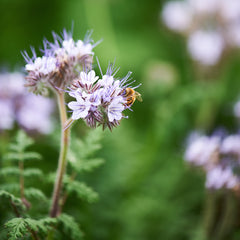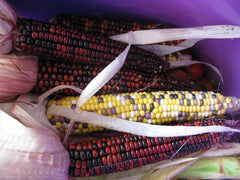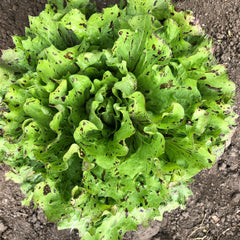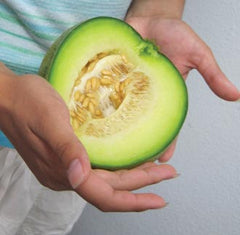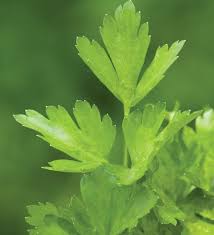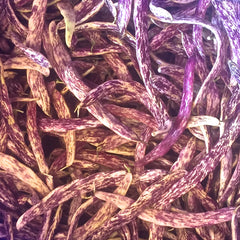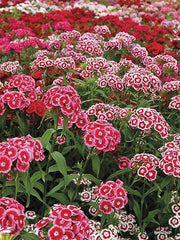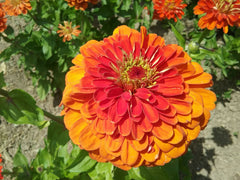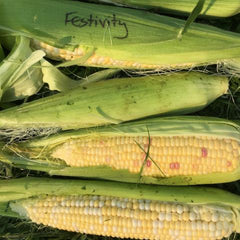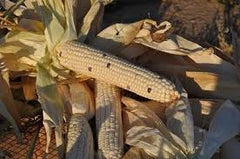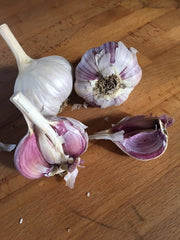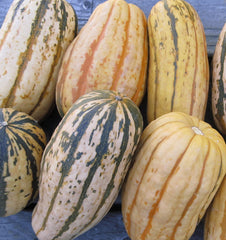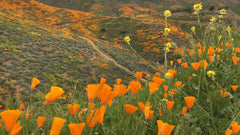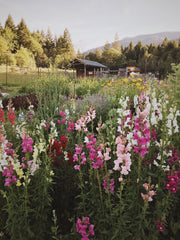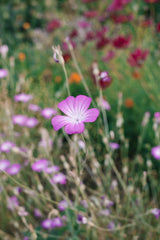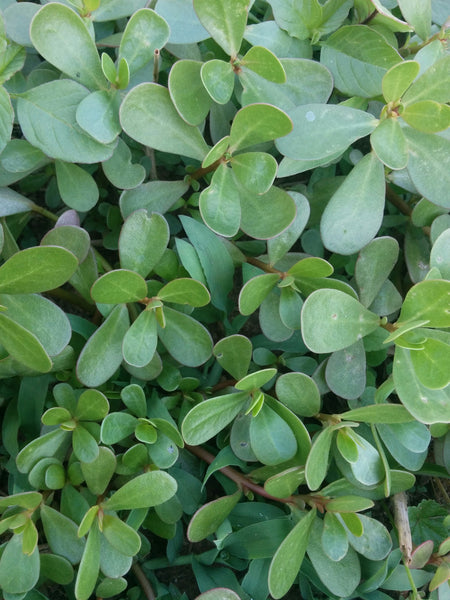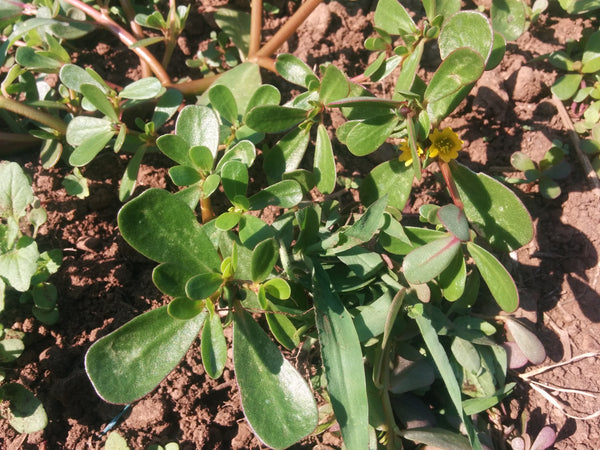Purslane
Portulaca oleracea
HOW TO GROW PURSLANE
Direct sow in spring or early summer, frost sensitive. Tap-rooted, tolerates poor compacted soil, drought, low maintenance. When harvested in the early morning, the leaves have ten times the malic acid content as when harvested in the later afternoon and thus have tangier taste. Self seeds and can form a think carpet, considered an invasive weed in agricultural crops. Difficult to remove once established. Can be propagated by cuttings replanted in moist ground. Surface sow, press into soil, do not cover. Soil pH 6.1-7.8. Hardiness zones 5-9. Annual.
Usual seed life: 5-40 years.
Planting Depth surface
Soil Temp. Germ. 68˚F
Days to Germ. 7-10
Plant Spacing 9-12
Row Spacing 18-24”
Days To Maturity 60
Full Sun, Dry Climate
Usual seed life: 5-40 years.
Planting Depth surface
Soil Temp. Germ. 68˚F
Days to Germ. 7-10
Plant Spacing 9-12
Row Spacing 18-24”
Days To Maturity 60
Full Sun, Dry Climate
- 300 Seeds$4.10
- 3000 Seeds$12.50
North American native succulent. Eaten fresh or steamed as a leaf vegetable in much of Europe, middle east, Asia and Mexico. Slightly sour salty taste. Cooks down quite a bit, pick more than you think you need. Purslane contains more omega-3 fatty acids than any other leafy vegetable plus vitamins A, C and B, calciu...
North American native succulent. Eaten fresh or steamed as a leaf vegetable in much of Europe, middle east, Asia and Mexico. Slightly sour salty taste. Cooks down quite a bit, pick more than you think you need. Purslane contains more omega-3 fatty acids than any other leafy vegetable plus vitamins A, C and B, calcium and iron. Red pigment has betacyanins, potent antioxidant. Good companion plant, provides ground cover and humid microclimate for neighboring plants. Tap roots bring up moisture and nutrients other plants can use. Some, including corn, will follow purslane roots down through harder soil they cannot penetrate on their own. Also known as pigweed, little hogweed, moss rose and verdolaga in Latin America. Tags: Color: Bi-Colored, Certification: Organic.
Learn More
Meet Your Farmer
We promote fair trade, organic practices and environmental responsibility throughout the Restoration Seeds supply chain. Below are the family farmers and seed suppliers who bring our open pollinated seeds to you.
Idyllwild
Conventional
Seed grower since 2018


Idyllwild was born of our joyful curiosity and celebration of nature’s diverse gifts. Following nature’s model of open dispersal and dissemination, we share these seeds with you and invite you to play in the garden of abundance. We learn from nature and she has taught us to live and think in terms of “abundance” instead of “scarcity”. Diversity - in all forms, from genetic to creative expression - is the heart of resilience. We enjoy experimenting with myriads of flavors, colors, and textures and the world opens to us in infinite possibilities. As a result, we are nourished in body, mind, and spirit.
Reviews
